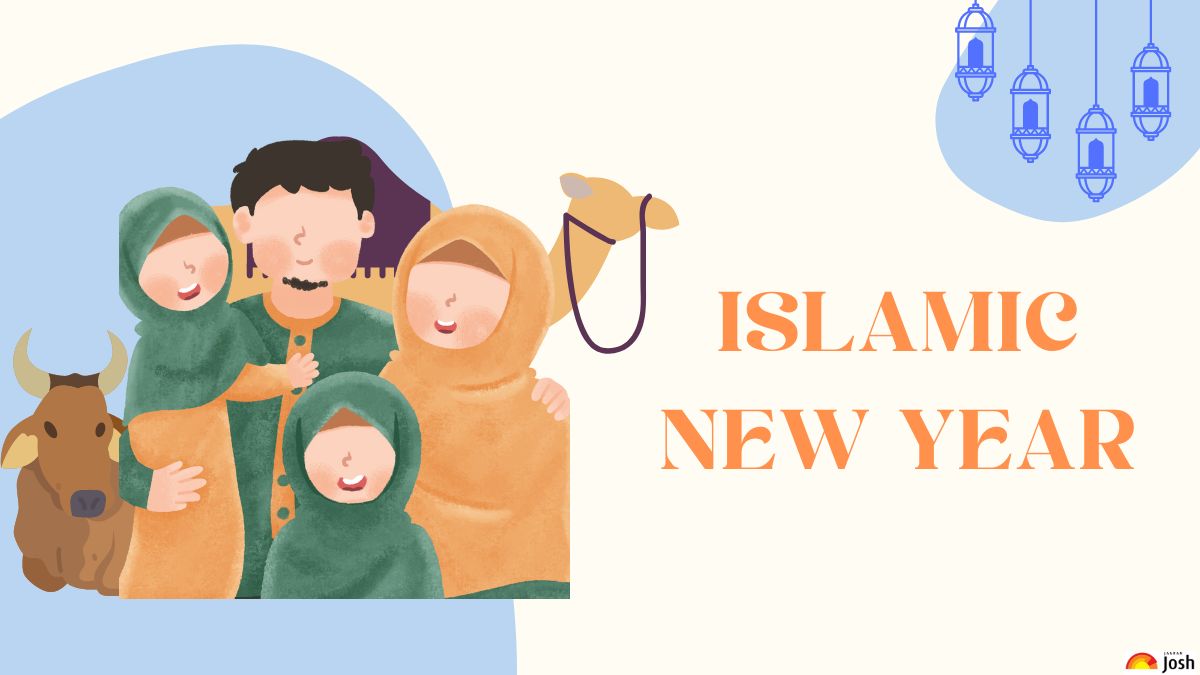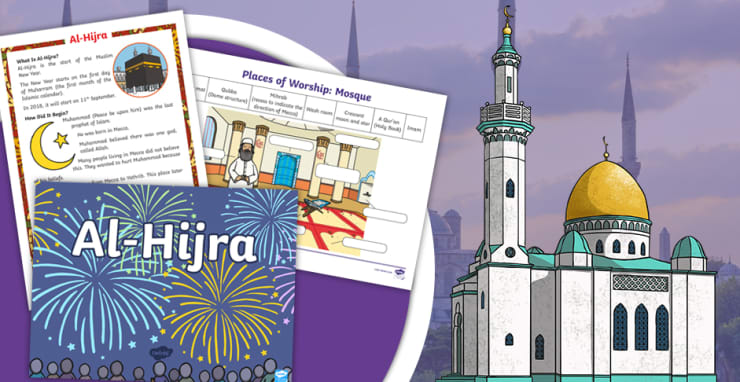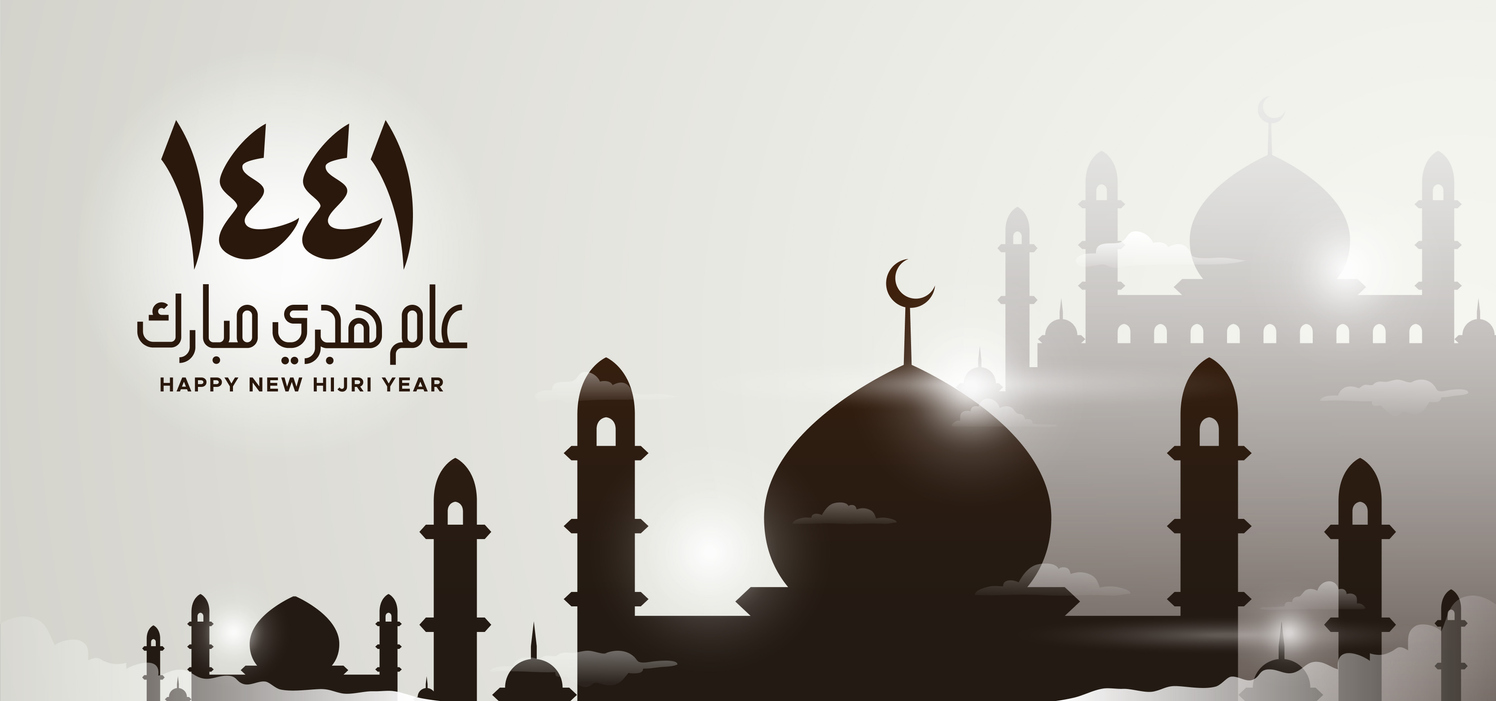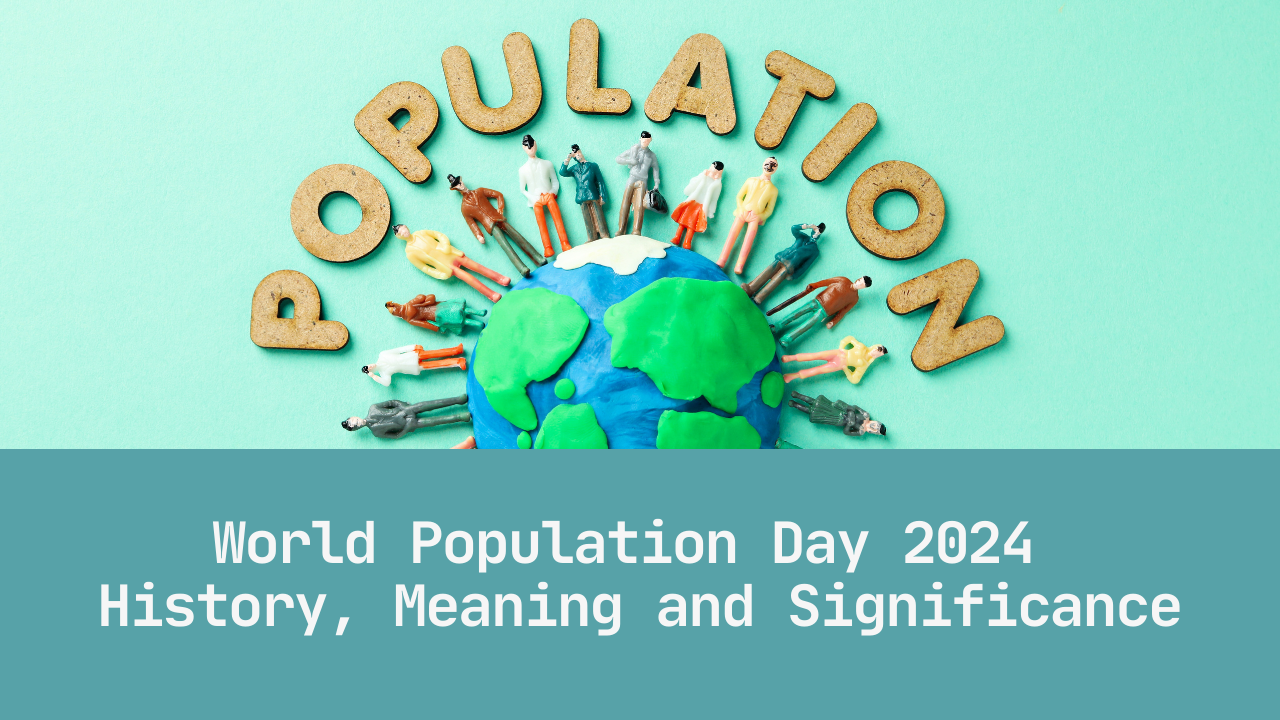The first day of Muharram, the first month in the Islamic calendar, is celebrated on the Islamic New Year, also known as the Arabic New Year or Hijri New Year. It is an important occasion in Islamic history. It is connected to the historical occurrence of the Islamic calendar's inception—the journey of Prophet Muhammad from Mecca to Medina in 622 AD. A distinctive feature of timekeeping that sets the Islamic calendar apart from the Gregorian calendar is that it starts each day at sunset. The calendar is shorter than the Gregorian calendar, based on solar years, by 11 to 12 days because of its unique lunar-based methodology. Mostly observed by Muslims worldwide, the month of recollection represents respect, reflection, and fidelity to the historical account ingrained in Islamic culture. The Arabic New Year, or Hijri, is another name for the Islamic New Year. The term "Hijri" comes from the word "Hijra," which emphasises the importance of migration. Muslims will come together to celebrate the beginning of Muharram, the first month in the Islamic lunar calendar, and the Hijri New Year on July 6, 2024, as they await the Islamic New Year.
Date of Islamic New Year

The first month in the Islamic calendar, Muharram marks the start of the Islamic New Year, also known as the Arabic New Year or Hijri New Year. It is observed on a lunar calendar and lasts 354 days as opposed to 365 days in the Gregorian calendar. This year, it falls on July 6 of the Gregorian calendar, allowing timekeeping systems and cultural customs to coexist. This distinctive calendar system demonstrates the variety of timekeeping techniques used by civilizations and the rich traditions forming cultural identities throughout the world. In Islamic culture, the moon cycles represent a profound bond with the natural world and the heavens. Celebrating the Islamic New Year on July 6th serves as a reminder of how intertwined all religions and civilizations are.
The Theme of Islamic New Year 2024

The theme of the Islamic New Year, "Embracing Tradition and Renewal," invites Muslims to learn more about their Islamic roots, absorb lessons from their past, and welcome the future. This topic promotes harmony and advancement within the Muslim community by fusing innovation with tradition. It promotes reflection, personal development, and a revitalised faith. The theme encourages Muslims to respect their heritage while adjusting to the modern world by highlighting the harmony between traditional values and modern goals.
History of Islamic New Year

An important occasion in the hearts of Muslims all over the world, the Islamic New Year, also called the Hijri New Year, commemorates the Hijra in 622 CE, the year when the Prophet Muhammad and his companions moved from Mecca to Medina. The first Muslim community and the start of the Islamic calendar were made possible by this momentous voyage. The exuberant celebration of the Gregorian New Year is not the same as the Islamic New Year, which places more emphasis on prayer, introspection, and historical reflection than on lavish celebrations.
Muslims in Mecca and the surrounding areas suffered greatly from religious persecution in the seventh century CE as a result of their beliefs. The imperative to flee this persecution sparked the historic Hijra, which Muhammad led to Medina, where he subsequently drafted a Constitution defining Muslim rights and obligations. This crucial incident, which attests to the tenacity and faith of the early Muslim community, is still profoundly embedded in the fabric of Islam.
Muharram, the first month of the Islamic lunar year, is much more than merely the start of the Islamic New Year in Islamic culture. In terms of attentive attention, this holy month is second only to Ramadan as a sombre and significant time in Islamic culture. Muharram is especially serious for Shia Muslims because it honours the martyrdom of Muhammad's grandson Hussein by holding memorial marches and mourning rituals.
The lunar calendar of Islam guarantees a cyclical celebration of the Islamic New Year, enabling followers to undergo seasonal transitions that resemble those of venerated historical personalities in Islamic texts. One can gain a deeper understanding of the diverse range of ideas that define the commemoration of the Islamic New Year by asking Muslim acquaintances about the significance of Muharram and receiving insightful answers regarding Islamic culture and traditions.
Traditions of Islamic New Year

Hijri, the Islamic New Year, is a public holiday observed in all Islamic nations that corresponds to the beginning of the Islamic lunar calendar. It entails prayer, contemplation, and reflection on the fleeting nature of life as well as religious recitals. For Muslims, Muharram—the month of contemplation, harmony, and Imam Hussain's martyrdom—holds special significance. Some congregational prayers and public lectures are broadcast to public squares and community centres, strengthening spiritual ties and promoting a sense of community during these events.
Conclusion
On July 6, 2024, Muslims throughout the world celebrate the Islamic New Year, or Al-Hijra, in preparation for the month of remembrance. The month is associated with the pilgrimage of Prophet Muhammad in 622 AD from Mecca to Medina. Because the Islamic calendar is shorter than the Gregorian calendar, Muslims are encouraged to embrace the future, study their Islamic heritage, and take lessons from the past. For Shia Muslims, it is significant because it sustains spiritual links and honours the martyrdom of Imam Hussain.





